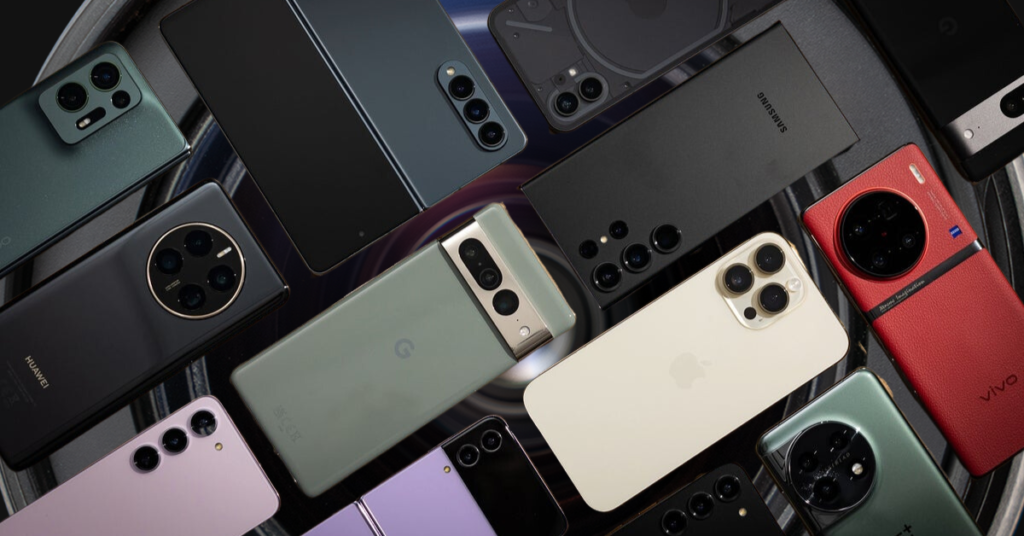Smartphone Camera Comparison: Finding the Best with Compeer Multipole Company Cameras
In today’s fast-paced digital world, smartphones are no longer just communication tools. They have evolved into multifunctional devices that serve as our primary means of capturing photos, videos, and memories. A critical factor driving this evolution is the camera. As technology advances, smartphone manufacturers are constantly enhancing their camera features, pushing the boundaries of what mobile photography can achieve. Among these advancements, one name stands out in the world of camera technology: Compeer Multipole Company Camera.
In this detailed article, we’ll explore the latest trends in smartphone camera technology, conduct an in-depth smartphone camera comparison, and highlight the role of Compeer Multipole Company camera technology in shaping the future of mobile photography. Whether you’re a tech enthusiast, a photography lover, or just looking to upgrade your smartphone, this guide will help you make an informed decision.
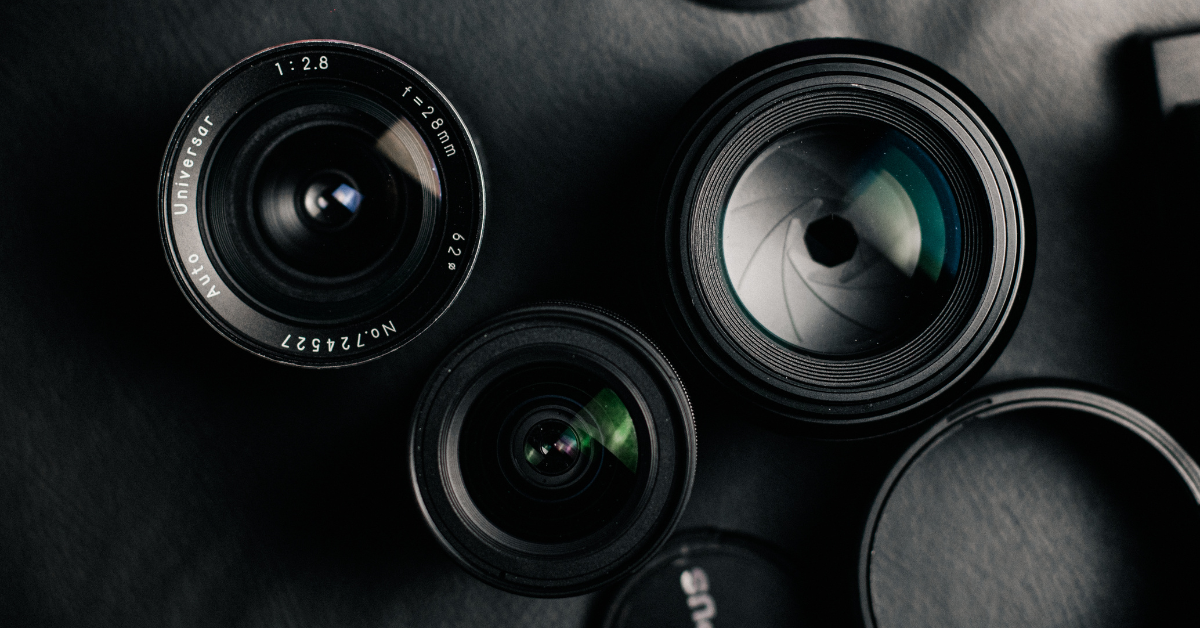
Understanding the Importance of Smartphone Cameras
Smartphone cameras have become one of the most important features when choosing a device. Consumers are no longer satisfied with just basic functionalities like taking clear photos. Instead, they expect cameras that can deliver professional-grade results. With advancements in camera sensors, lenses, software, and AI integration, today’s smartphones offer a variety of features that appeal to both casual photographers and professionals.
The importance of a good smartphone camera is clear. It influences everything from social media content creation to how users capture precious moments in their daily lives. As more brands continue to invest in camera technology, understanding how different smartphones perform in a camera comparison becomes essential for users who want to get the best value for their investment.
Smartphone Camera Comparison: Key Factors to Consider
When performing a smartphone camera comparison, there are several factors to consider that impact the quality of photos and videos. A few of the key factors are:
Megapixels: The Size of the Image
Megapixels (MP) are often the first specification users check when comparing smartphone cameras. Higher megapixels typically result in more detailed images. However, megapixels by themselves do not ensure better image quality. While a 108 MP sensor can produce highly detailed photos, factors like lens quality, sensor size, and image processing play an equally significant role.
Sensor Size: More Light Equals Better Photos
The sensor size of a camera determines how much light it can capture. Larger sensors typically perform better in low-light conditions, which is essential for night photography. Smartphone cameras with larger sensors produce sharper, more detailed images with less noise in dimly lit environments. Many smartphones, including those featuring Compeer Multipole Company camera technology, incorporate advanced sensors to improve low-light performance.
Aperture Size: Better Control Over Depth of Field
The aperture size affects how much light enters the camera, influencing the exposure and depth of field in images. A wider aperture (lower f-number) allows more light, which is useful for creating a bokeh effect and taking clearer pictures in low-light conditions. Smartphones with larger aperture sizes are better suited for portrait photography and capturing images with beautiful background blur.
Optical Zoom vs. Digital Zoom
One of the common features in modern smartphones is zoom. While digital zoom simply crops the image to enlarge the subject, optical zoom uses a physical lens mechanism to bring the subject closer without sacrificing image quality. For high-quality zoomed-in shots, optical zoom is preferred. Brands like Compeer Multipole Company camera have incorporated advanced optical zoom systems to deliver clear, crisp images even at higher zoom levels.
Image Processing: AI and Computational Photography
Image processing refers to the software that enhances images after they are captured. Computational photography, powered by artificial intelligence (AI), helps in reducing noise, improving dynamic range, and optimizing images for different lighting conditions. AI-driven features, such as scene recognition and automatic image enhancements, are present in many flagship devices today. Compeer Multipole Company camera technology also utilizes sophisticated algorithms and AI integration to enhance image quality, making it a game-changer for smartphone photography.

Video Capabilities: 4K and Beyond
As video becomes an integral part of social media and personal content creation, smartphone manufacturers have invested heavily in video recording features. 4K video recording is now a standard feature in many premium devices, and some smartphones even offer 8K recording. Features like optical image stabilization (OIS), slow motion, and advanced editing options also contribute to the overall video quality.
Smartphone Camera Comparison: Top Contenders
Now that we’ve covered the key features of smartphone cameras, let’s dive into a comparison of some of the best smartphone cameras currently available, highlighting how they stack up against each other in real-world scenarios.
Apple iPhone 15 Pro Max
Apple’s iPhone 15 Pro Max continues to dominate the premium smartphone market, offering cutting-edge camera features. Equipped with a triple-camera setup, including a 48 MP main sensor, 12 MP ultra-wide lens, and a telephoto lens, the iPhone 15 Pro Max excels in various photography conditions. The powerful image signal processor (ISP) and advanced AI algorithms ensure that photos are sharp, vibrant, and well-balanced. The iPhone’s video capabilities are also impressive, supporting 4K HDR recording and cinematic mode.
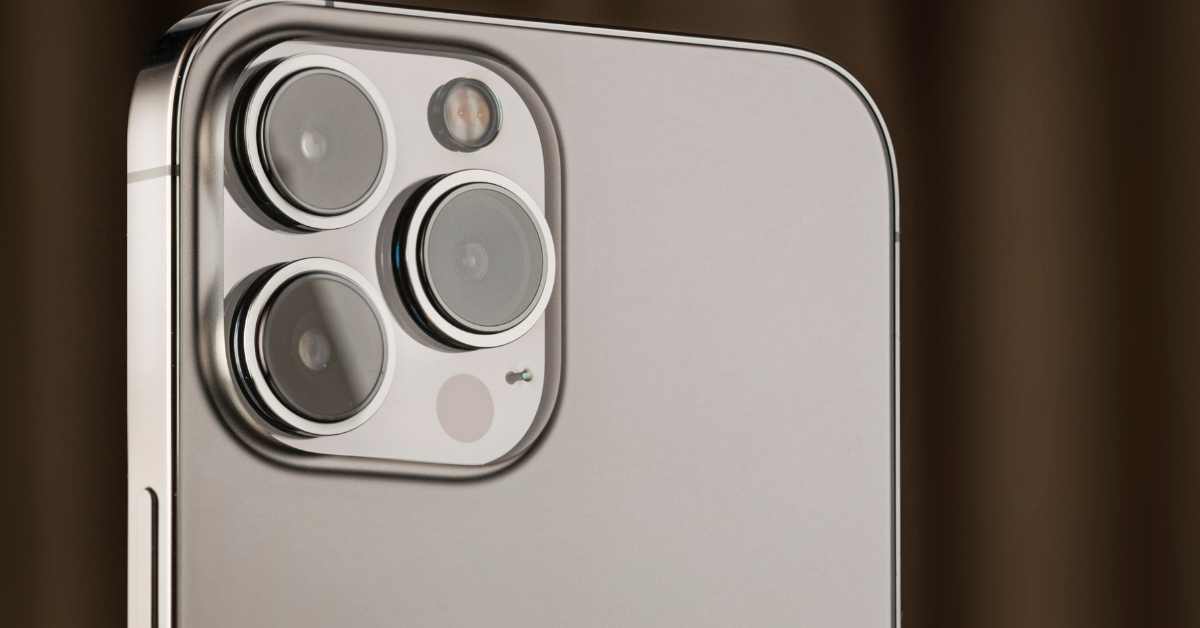
Samsung Galaxy S24 Ultra
Samsung’s Galaxy S24 Ultra is another flagship device with remarkable camera capabilities. Featuring a 200 MP primary sensor, a 12 MP ultra-wide camera, and two telephoto lenses, it offers versatility and top-tier performance. Samsung’s AI-based camera software ensures that each shot is optimized for maximum detail and clarity. With a superior zoom system and excellent low-light performance, the Galaxy S24 Ultra stands as a worthy contender in the smartphone camera comparison arena.
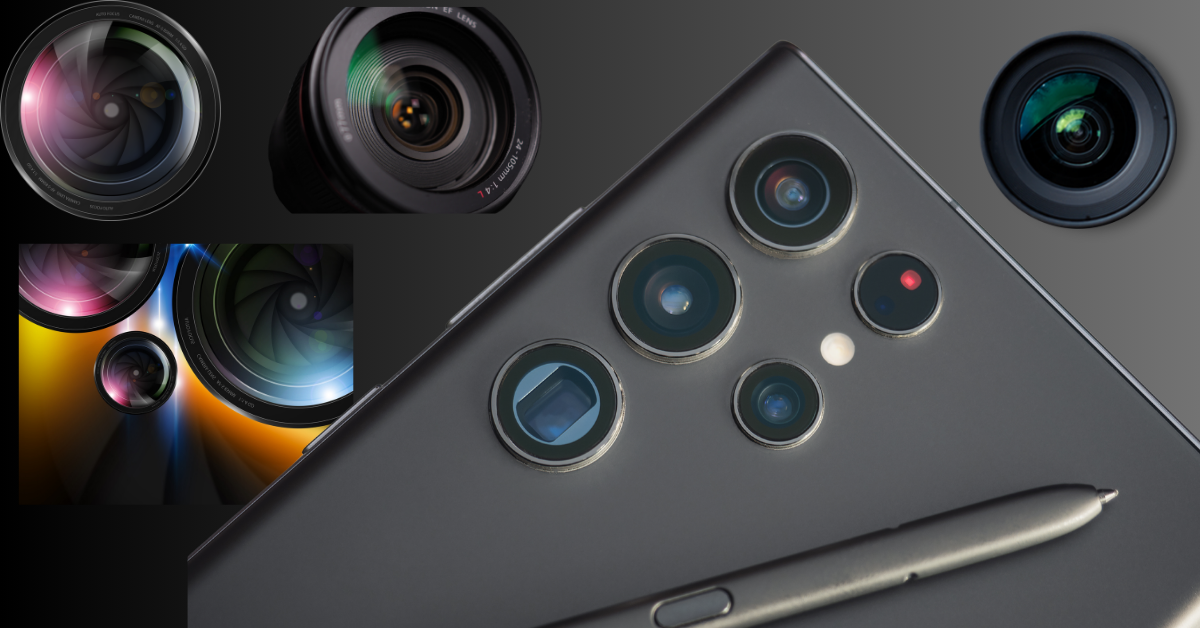
Google Pixel 8 Pro
Google’s Pixel 8 Pro is well-known for its advanced computational photography capabilities. The 50 MP primary sensor, 48 MP ultra-wide lens, and 48 MP telephoto lens work together seamlessly to produce vibrant, lifelike images. Google’s Real Tone technology ensures that skin tones are accurately rendered, even in tricky lighting conditions. Pixel phones have long been praised for their superior software optimization, making them a favorite for mobile photographers.
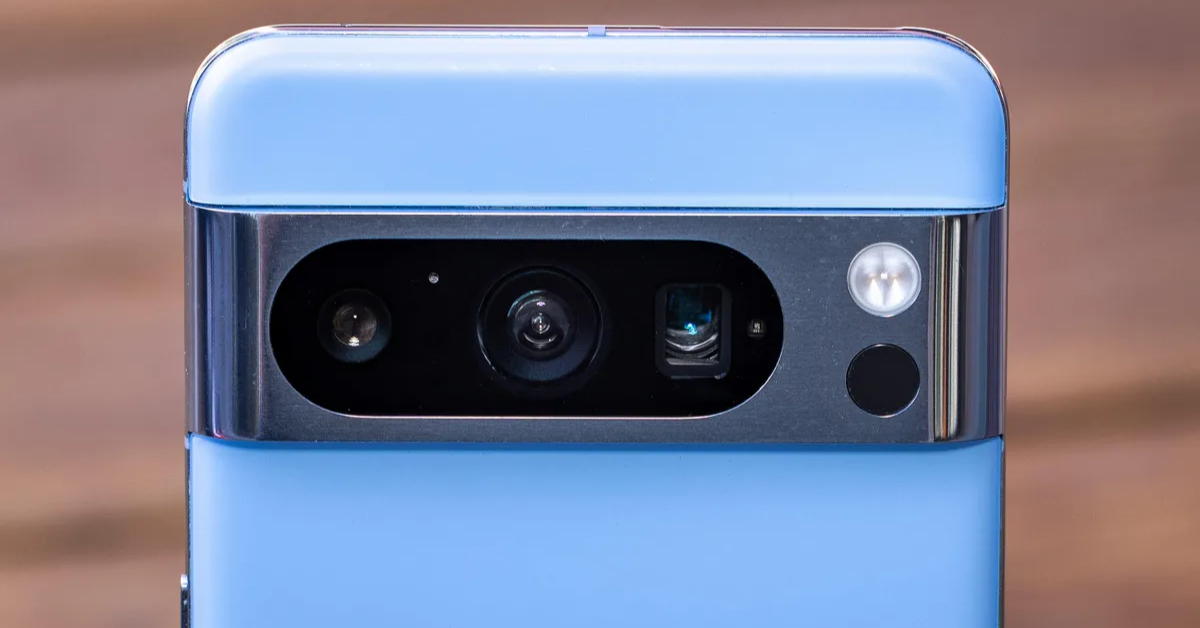
OnePlus 12 Pro
OnePlus continues to improve its camera offerings with the OnePlus 12 Pro. The smartphone boasts a 50 MP main sensor, a 48 MP ultra-wide camera, and a 32 MP telephoto lens. The camera system is designed to deliver high-quality images in various lighting conditions, and the Hasselblad partnership enhances the phone’s color accuracy. OnePlus 12 Pro also offers 4K video recording and optical image stabilization.
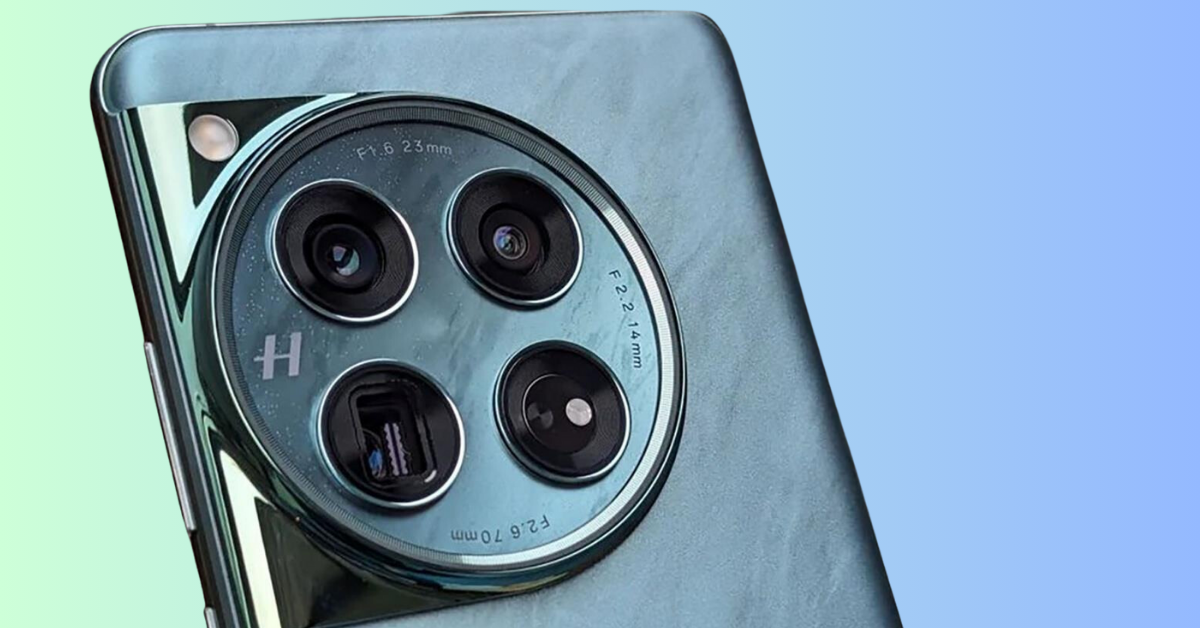
Xiaomi 14 Pro
Xiaomi has long been known for offering high-spec smartphones at competitive prices. The Xiaomi 14 Pro continues this trend with its powerful camera system. Featuring a 50 MP main sensor, a 50 MP ultra-wide sensor, and a 50 MP telephoto lens, the Xiaomi 14 Pro is engineered for versatility. One standout feature is the advanced Compeer Multipole Company camera technology integrated into the device, enhancing zoom performance and image clarity.
Camera Features:
- Large Sensor Size: The 1-inch sensor captures more light for better low-light performance.
- AI Image Processing: The integration of AI optimizes each image for contrast, sharpness, and color accuracy.
- 8K Video Recording: The Xiaomi 14 Pro supports 8K video recording, allowing for cinematic-quality videos.
- Macro and Telephoto Lenses: The dedicated lenses allow for crisp close-up shots and long-distance zoom.
The Xiaomi 14 Pro is a strong contender in the smartphone camera comparison category, particularly for users seeking a device with premium camera performance at a more affordable price.
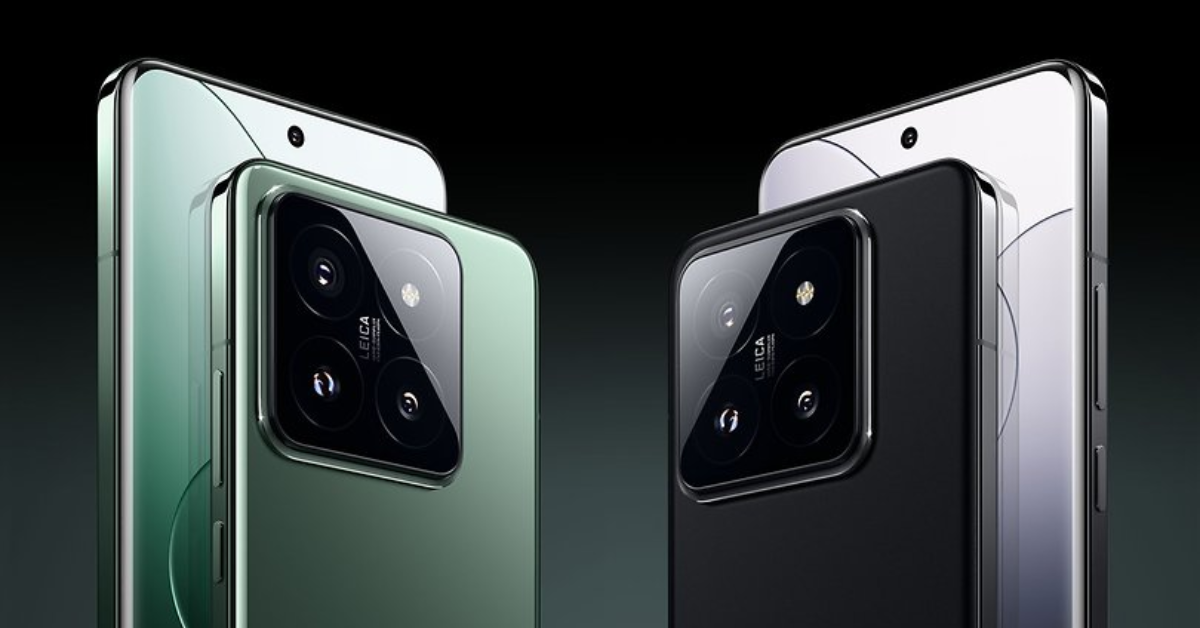
Sony Xperia 1 V
Sony’s Xperia series has always been known for its excellent camera performance, particularly in manual photography settings. The Xperia 1 V continues this legacy with features geared toward professional photographers and videographers.
Camera Features:
- Triple Camera System: The 48 MP main sensor, 12 MP ultra-wide lens, and 12 MP telephoto lens offer a wide range of focal lengths.
- Advanced Manual Controls: For users who want full control over their shots, Sony’s camera software includes manual settings for exposure, focus, and ISO.
- Eye Autofocus: Sony’s Eye Autofocus feature ensures that portraits and subjects in motion remain in sharp focus.
- 8K Video Recording at 24fps: For content creators and videographers, the ability to shoot in 8K is a significant advantage.
Sony’s camera technology is often praised for its image accuracy and advanced video recording capabilities, making it a strong choice for professionals who require precision and control.
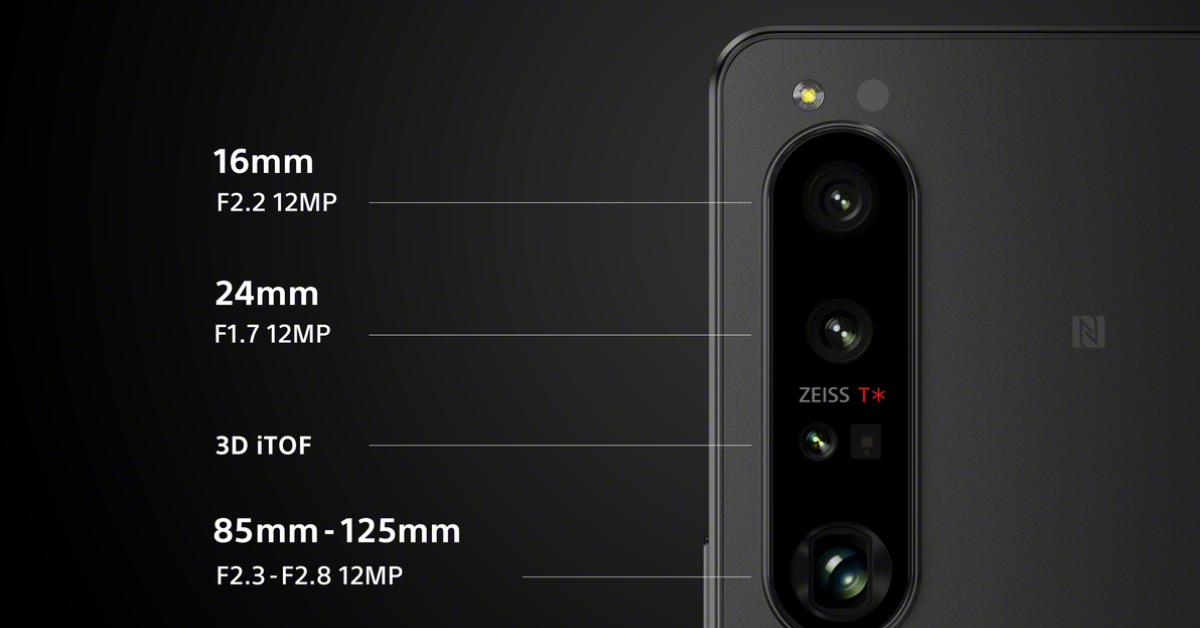
Oppo Find X6 Pro
Oppo has made a name for itself by integrating cutting-edge camera technology into its smartphones. The Oppo Find X6 Pro features a robust camera system that includes a 50 MP main sensor, 50 MP ultra-wide camera, and a 50 MP telephoto lens.
Camera Features:
- Custom Sony IMX989 Sensor: Oppo partnered with Sony to create a custom sensor for improved low-light performance and sharper details.
- Super Macro Mode: The Find X6 Pro has an impressive macro mode, allowing you to capture incredibly close-up shots with great detail.
- AI-enhanced Features: Oppo’s AI technology optimizes each image to enhance brightness, color, and sharpness.
- 10x Optical Zoom: The telephoto lens allows for up to 10x optical zoom, giving you the ability to capture distant objects with incredible clarity.
With its well-balanced setup and AI enhancements, the Oppo Find X6 Pro is an excellent option for mobile photographers who want versatility and superior image quality.
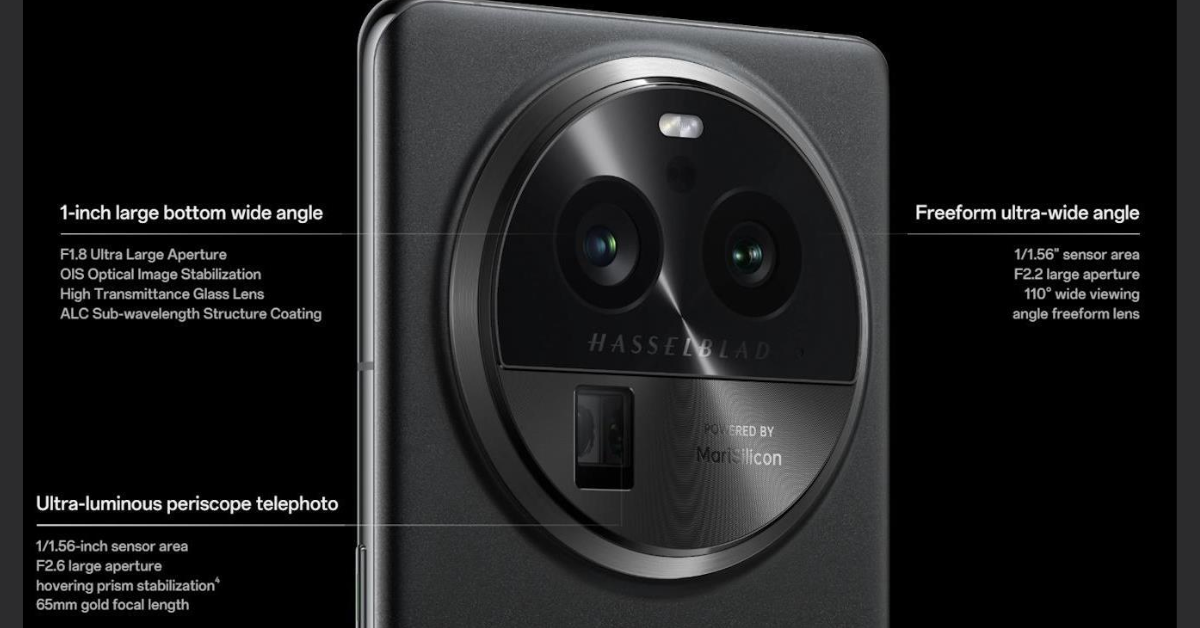
Huawei Mate 60 Pro
Huawei, despite facing challenges in the global market, has continued to push the boundaries of smartphone camera technology. The Huawei Mate 60 Pro is a prime example of their commitment to innovation. The device features a powerful 50 MP main sensor, a 12 MP ultra-wide camera, and a 64 MP periscope telephoto lens.
Camera Features:
- Periscope Zoom: The periscope lens provides impressive optical zoom performance, offering up to 5x optical zoom and 50x digital zoom.
- RYYB Sensor: The RYYB sensor enhances light capture, improving photos taken in low-light conditions.
- AI-powered Photography: Huawei’s AI technology helps with scene recognition, optimizing settings based on lighting conditions and subject.
- 4K Video with SuperSteady: The Mate 60 Pro supports 4K video recording with enhanced stabilization for smooth footage, even when on the move.
Huawei’s camera system is among the most advanced in terms of zoom capabilities and AI-enhanced features, making it ideal for users who demand professional-level performance.
Realme GT 2 Pro
Realme has been rising in popularity with smartphones that offer great value for money, and the Realme GT 2 Pro is no exception. The device boasts a 50 MP main sensor, a 50 MP ultra-wide sensor, and a 40x micro lens for incredible close-up photography.
Camera Features:
- AI Scene Enhancement: Realme’s camera system uses AI to detect scenes and automatically adjust the settings for the best possible shot.
- Macro Photography: The dedicated macro lens provides stunning detail for extremely close-up shots.
- Ultra-Wide Lens with 150° Field of View: This wide lens lets users capture expansive landscapes and group shots with ease.
- Nightscape Mode: The GT 2 Pro excels in low-light conditions, producing clear and bright photos even in dark environments.
For users who want high-end camera features without the premium price tag, the Realme GT 2 Pro is a great option to consider.
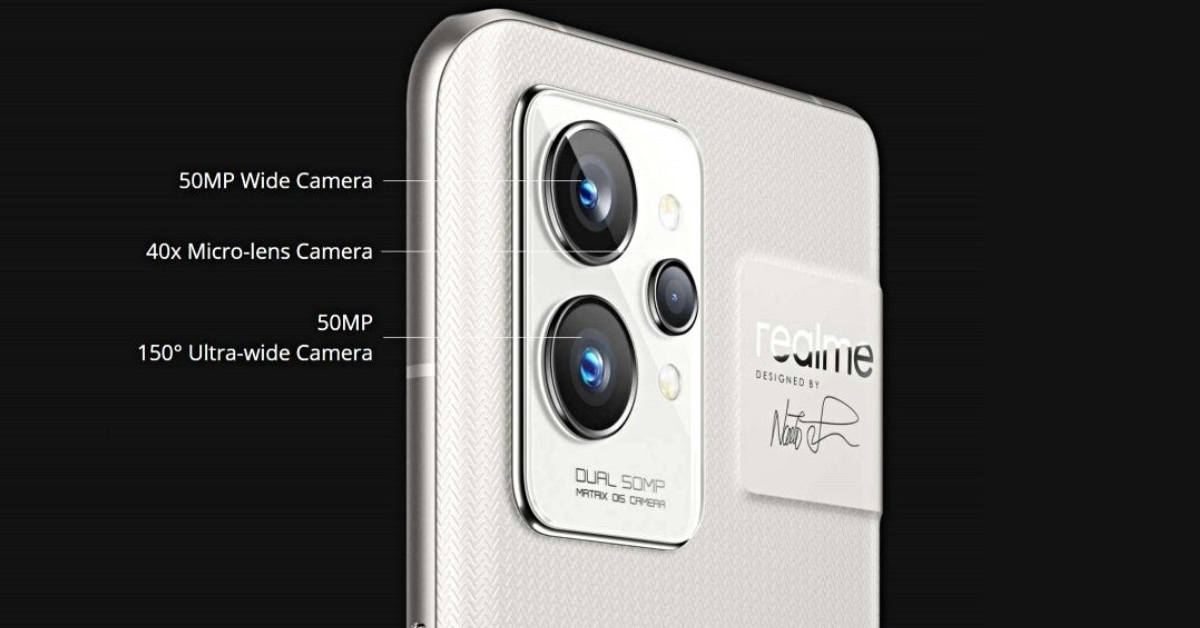
Comparison Table: Key Smartphone Camera Features
| Brand | Model | Main Camera | Ultra-Wide Camera | Telephoto | Zoom Capabilities | Video Recording | AI Features |
| Apple | iPhone 15 Pro Max | 48 MP | 12 MP | 12 MP | 3x Optical Zoom | 4K HDR | Scene Recognition, Smart HDR |
| Samsung | Galaxy S24 Ultra | 200 MP | 12 MP | 10 MP, 10x Optical | 100x Space Zoom | 8K Video | AI Camera, Super Steady |
| Pixel 8 Pro | 50 MP | 48 MP | 48 MP | 5x Optical Zoom | 4K Video HDR | Real Tone, Night Sight | |
| OnePlus | OnePlus 12 Pro | 50 MP | 48 MP | 32 MP | 3x Optical Zoom | 4K Video | Hasselblad Color Calibration |
| Xiaomi | Xiaomi 14 Pro | 50 MP | 50 MP | 50 MP | 3x Optical Zoom | 8K Video | AI Image Enhancement |
| Sony | Xperia 1 V | 48 MP | 12 MP | 12 MP | 3x Optical Zoom | 8K Video @ 24fps | Manual Controls, Eye Autofocus |
| Oppo | Find X6 Pro | 50 MP | 50 MP | 50 MP | 10x Optical Zoom | 4K Video | AI Photography, Ultra Macro |
| Huawei | Mate 60 Pro | 50 MP | 12 MP | 64 MP | 5x Optical Zoom | 4K Video, SuperSteady | AI Photography, RYYB Sensor |
| Realme | GT 2 Pro | 50 MP | 50 MP | N/A | 40x Micro Lens | 4K Video | AI Scene Enhancement |
The Future of Smartphone Camera Technology: What to Expect
As smartphone camera technology continues to evolve, we can expect even more advancements in the near future. Manufacturers will continue to improve AI-driven features, sensor technology, and optical systems to provide users with the best possible photography experience. Here are a few trends to look out for:
- Improved Low-Light Performance: Expect smartphones to handle challenging lighting conditions better, with larger sensors and better noise reduction algorithms.
- AI-Driven Customization: AI will continue to play a major role in image processing, enabling cameras to automatically adjust settings for specific scenes and even enhance portraits or landscapes.
- Under-Display Camera Sensors: There’s growing interest in under-display cameras, which will allow for a true full-screen experience without a notch or punch-hole.
- Periscope and Foldable Lenses: More smartphones will adopt advanced zoom features like periscope lenses for optical zoom and foldable lenses that improve compact design without sacrificing zoom quality.
- Enhanced Video Capabilities: Expect more smartphones to support 8K or even 16K video recording, further pushing the limits of mobile filmmaking.
The Role of Compeer Multipole Company Camera Technology
When it comes to cutting-edge camera systems, Compeer Multipole Company camera technology is making waves in the smartphone industry. Known for its advanced optical design and high-performance sensors, Compeer has become a key player in smartphone camera development. Their multipole camera technology is built to capture incredibly detailed images while minimizing distortions, which results in clearer, more vibrant photos.
One of the standout features of Compeer Multipole Company camera technology is its ability to integrate multiple sensors and lenses into a single compact module. This allows smartphones to offer more advanced photography capabilities, such as multiple focal lengths and superior zoom performance, all without increasing the device’s overall size. Furthermore, Compeer Multipole Company camera technology leverages AI and machine learning to enhance image processing, ensuring each shot is optimized for clarity, color, and detail.
How Compeer Multipole Company Camera Enhances Smartphone Photography
- Multi-Lens Integration: By using multiple lenses, Compeer’s technology provides greater flexibility in capturing photos with different focal lengths and zoom levels. This results in superior quality, especially in challenging conditions like low light or distant subjects.
- AI Image Enhancement: Compeer cameras utilize machine learning algorithms to optimize each shot, adjusting exposure, sharpness, and color balance for the best results.
- Improved Low-Light Performance: The larger sensors and advanced image processing reduce noise and preserve detail, making Compeer-equipped smartphones perfect for night photography.
Conclusion
As smartphone cameras continue to improve, users are faced with a vast array of options to choose from. Whether you prioritize low-light performance, zoom capabilities, or advanced AI-enhanced photography, there is a smartphone that fits your needs. The smartphone camera comparison we’ve explored here highlights some of the top contenders on the market, with each offering unique features and capabilities.
The Compeer Multipole Company camera technology stands out as a key innovation in the world of mobile photography, bringing together multiple lenses, AI-driven enhancements, and superior sensor technology to deliver exceptional results. If you’re serious about photography and want to stay ahead of the curve, consider opting for a smartphone equipped with Compeer Multipole Company camera technology to elevate your photography experience.
As always, be sure to stay informed about the latest developments in smartphone camera technology through reliable tech sources like TechSerps, where you can get in-depth reviews, comparisons, and updates to help you make the best decision for your next device.

